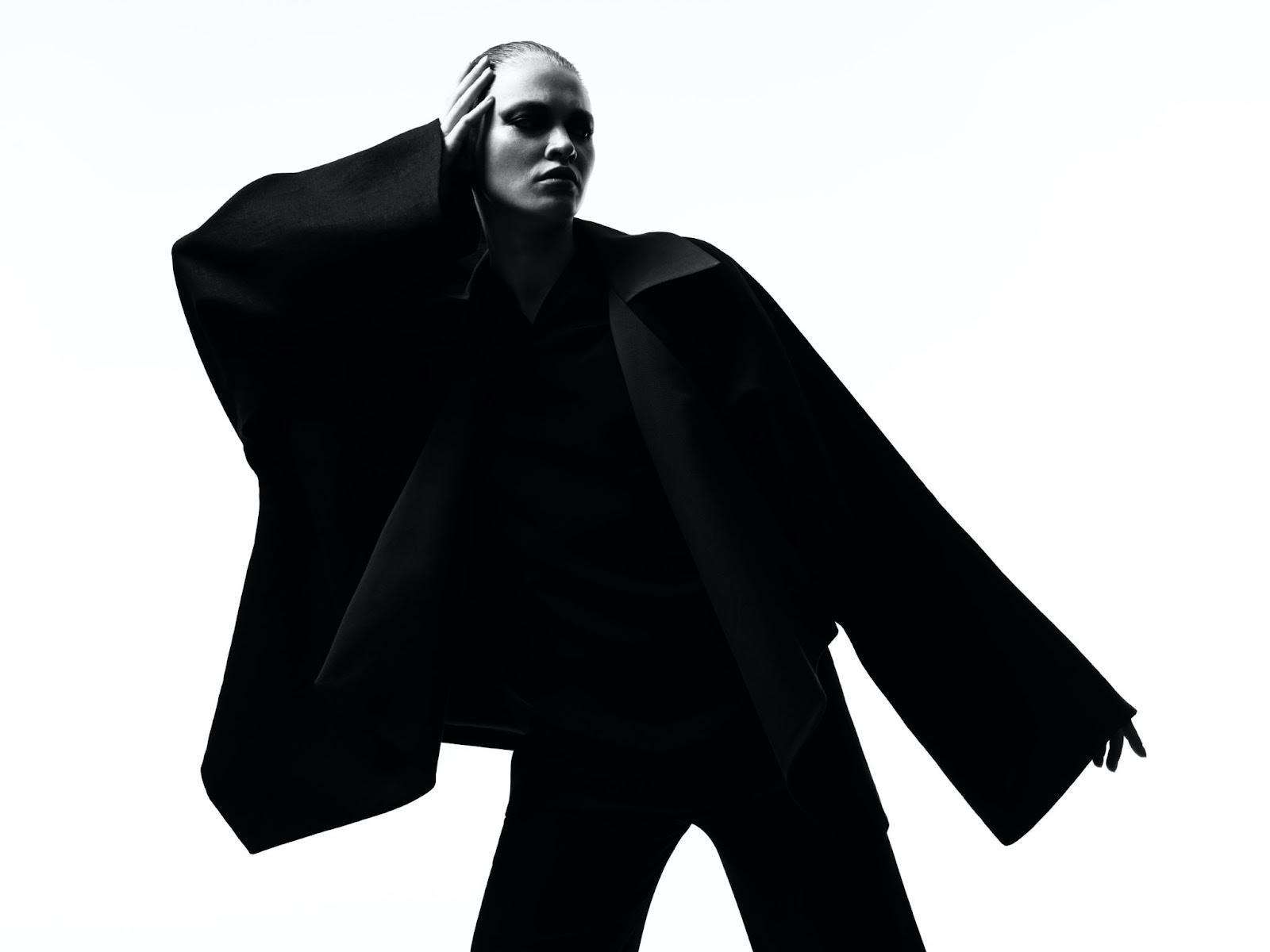Despite the fact that fashion trends are ever-evolving, some designs are seen often on catwalks and in street style. Find your own distinctive style by learning more about the many fashion trends that impact current trends.
The different fashion styles
Creating unique outfits may be the focus of fashion styles, but occasionally having a strategy may be beneficial. The following list of fashion styles subcategories should help you get started.
Sporty- Leggings, cycling shorts, and oversized sweatshirts are examples of athletic clothing that are worn outside of the gym in sporty style, commonly referred to as athleisure.
Bohemian- Bohemian fashion styles, sometimes referred to as “boho” or “boho chic,” draws inspiration from the festival and hippie cultures of the 1960s. The look combines natural fabrics and dyes, earth tones, as well as designs and accents from all over the world. Flowing maxi dresses, long skirts, bell-bottom pants, hats with wide brims, fringe, suede, and slouchy purses are symbols of the bohemian aesthetic.
Grunge- Grunge fashion is characterized by thrift store discoveries such plaid flannel shirts, oversize knitwear, and feminine skirts dressed in a rebellious, unkempt way. It is inspired by grunge music and the subculture that developed in the 1980s and 1990s Seattle. Ripped jeans or tights, messy haircuts, and black boots are typical elements of grunge fashion.
Preppy- Preppy fashion takes its cues from the attire and accessories that are often worn at exclusive East Coast prep schools and Ivy League universities. Preppy fashion frequently draws its influence from affluent activities like polo, yachting, tennis, and horseback riding. Prep students typically wear polo shirts, Oxford shirts, argyle sweaters and socks, cloth-wrapped headbands, blazers, pearls, cardigans, and khaki slacks.
Punk- Punk fashion is made up of various subcultures, each with its own unique set of dress norms, and is inspired by the disruptive punk rocker looks of the 1970s and 1980s. Leather jackets, ripped fishnet stockings, deconstructed blazers, thin jeans, and clunky black boots are some common aspects of punk fashion. Common motifs in punk clothes include provocative wording, band logos, and personalization using safety pins and patches. Heavy black eyeliner, mohawks, coloured hair, and spiked hair are examples of punk grooming.
Streetwear- Streetwear is a kind of casual clothes that first became fashionable in the 1990s. It includes casual yet fashionable attire like branded T-shirts, crop tops, hoodies, baggy slacks, and pricey shoes. Both skater and hip-hop cultures serve as inspiration for streetwear, which also includes intentional product scarcity. People that follow the newest streetwear trends are known as hypebeasts, and many of them will go to great lengths to get limited-edition designer baseball caps, sweatshirts, sneakers, and other goods.
Read More
6 Kurti Designs Popular For Unique Fashion Trends
Classic- A polished everyday look that combines business-casual components like blazers, pencil skirts, and khakis is referred to as having a classic style. This more refined look is appropriate for the office and other settings where you want to project the greatest possible image.
Casual- On the weekend, you might dress casually. Consider wearing shoes like the Air Jordan 1 which are incredibly adaptable and can be dressed up or down with nearly any outfit, along with jeans and loose-fitting T-shirts. Although streetwear and sports fashions can be categorized as casual trends, casual fashion can also have a preppy or trendy feel to it.
How to establish your personal style
Reviewing your normal attire is one of the finest places to start any conversation about your own style. Whether they are aware of it or not, everyone has a personal style. Sometimes folks merely find that style hard to pin down; perhaps they have a closet stuffed with clothes they don’t particularly like.
What kind of style are your “go-to” things, when you pull them out? If you are unable to identify a certain fashion trend, relax; many people don’t neatly fall into one category. Someone who enjoys wearing stylish clothing to work could choose bohemian attire on the weekends, for instance.
Look for style inspirations- This activity is a form of “data-gathering.” There are several methods to hunt for inspiration; one well-known option is to identify designs you like and save them to a Pinterest board. Additionally, you could find inspiration in publications, motion pictures, your friends, the street, or virtually wherever that style is present.
Start noticing any trends in your choices. Do you have a penchant for any certain looks, styles, shapes, or colors? Do you, on the other hand, have anything that you vehemently detest and would never want to wear? This may include things like a predilection for covering up when wearing specific colors or exposing attire for certain people.
Consider your lifestyle- Do you have a sizable collection of clothes in your closet that you never wear? Maybe you’ve purchased products that seemed like a good idea at the time, but have remained in your wardrobe, such gorgeous, delicate gowns with the tags still on.Sometimes, despite the fact that you truly liked the things, your lifestyle prevents you from wearing them. They aren’t appropriate for the settings you often need to dress for.
Try different clothes- Try on clothes to get a sense of your fashion tastes and how they could connect to your lifestyle. Look for styles, materials, and colors that you like as well as those that you would like to avoid. A particular cut must be tried on in order to determine whether it looks well on you. Sometimes things that seem fantastic don’t live up to expectations, while other cuts could surprise you.


